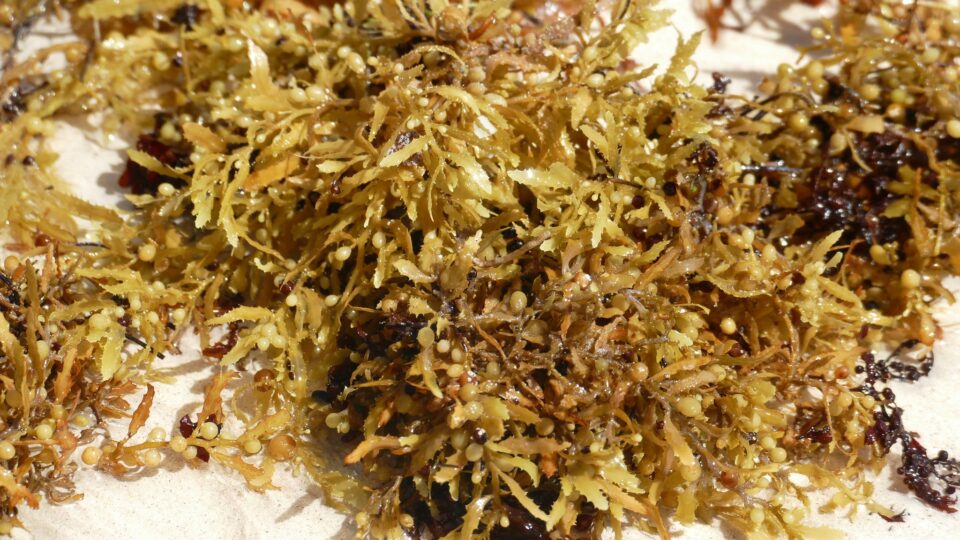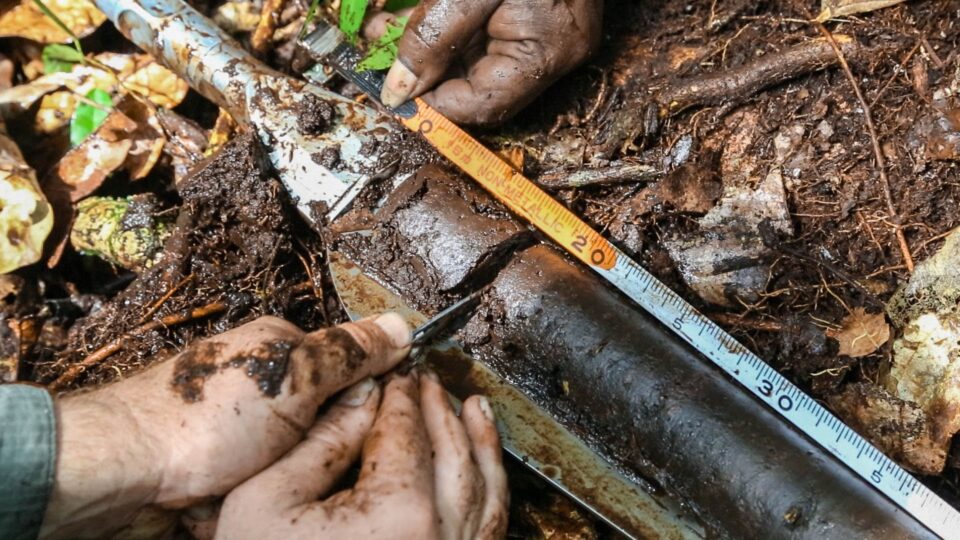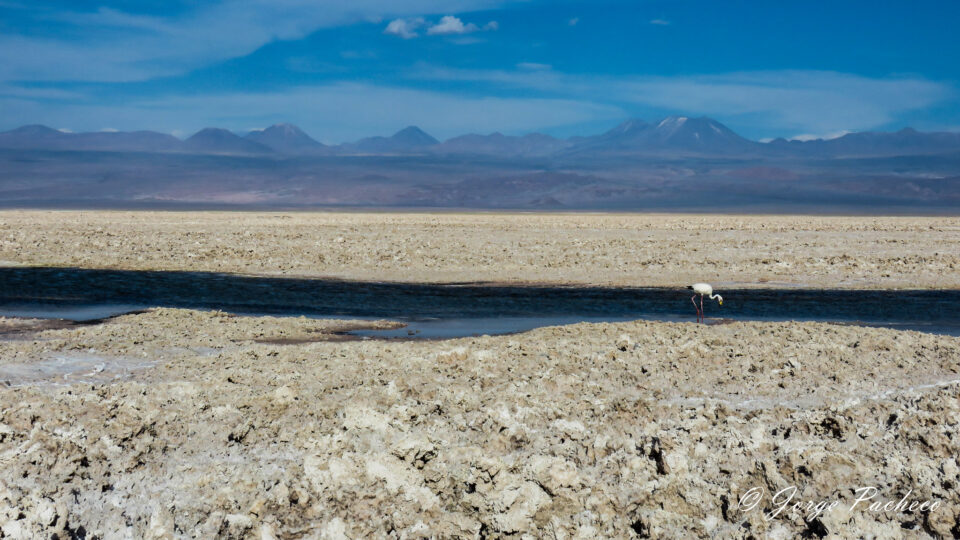Concrete is a mainstay of modern civilization. The world produces more than 4 billion tons of it each year and the process requires high temperatures, mostly obtained by burning fossil fuels. The chemical reactions that produce concrete also produce large amounts of carbon dioxide. In all, cement production is responsible for about 8% of total global carbon emissions by human activities.
This situation is the impetus for a wide range of research activities aimed at reducing the environmental impact of concrete production. Researchers at Washington State University have recently developed a way of making carbon-negative concrete: a recipe for concrete that absorbs large amounts of carbon dioxide.
There have been attempts in the past to add biochar to concrete. Biochar is a type of charcoal made from organic waste that sucks up carbon dioxide from the air. In earlier attempts, even adding 3% of biochar would dramatically reduce the strength of the concrete.
The WSU researchers found that treating biochar with concrete washout wastewater makes it possible to add much more biochar to concrete without reducing its strength. Mixing it with biochar adds calcium, which induces the formation of the mineral calcite, which in turn strengthens the concrete.
The researchers were able to add up to 30% biochar to their cement mixture. Within a month, the resultant concrete was comparable in strength to ordinary concrete. But at the same time, the biochar was able to absorb up to 23% of its weight in carbon dioxide from the air. The new concrete is potentially the most environmentally friendly concrete ever developed.
**********
Web Links
Researchers develop carbon-negative concrete
Photo, posted January 31, 2012, courtesy of Michael J. Nevins / U.S. Army Corps of Engineers via Flickr.
Earth Wise is a production of WAMC Northeast Public Radio



















